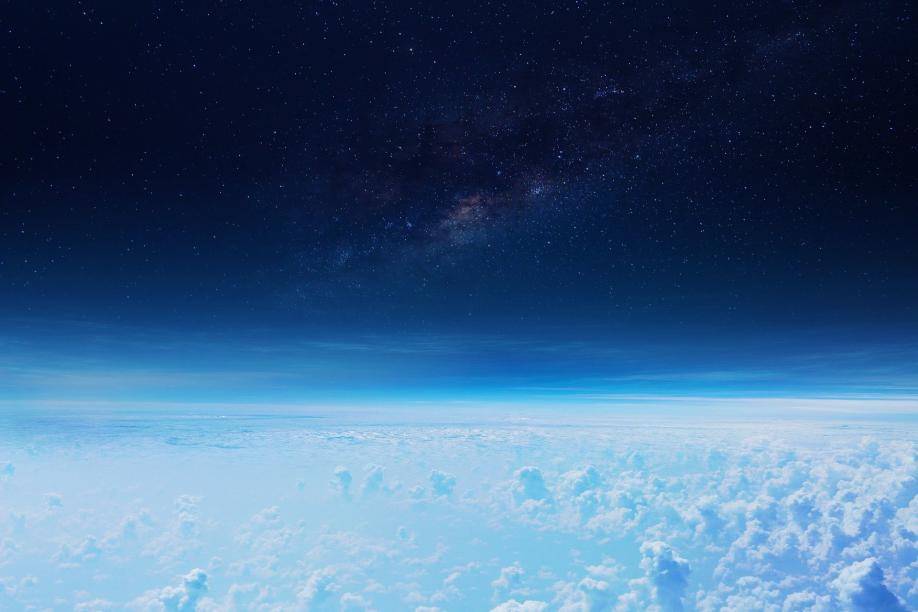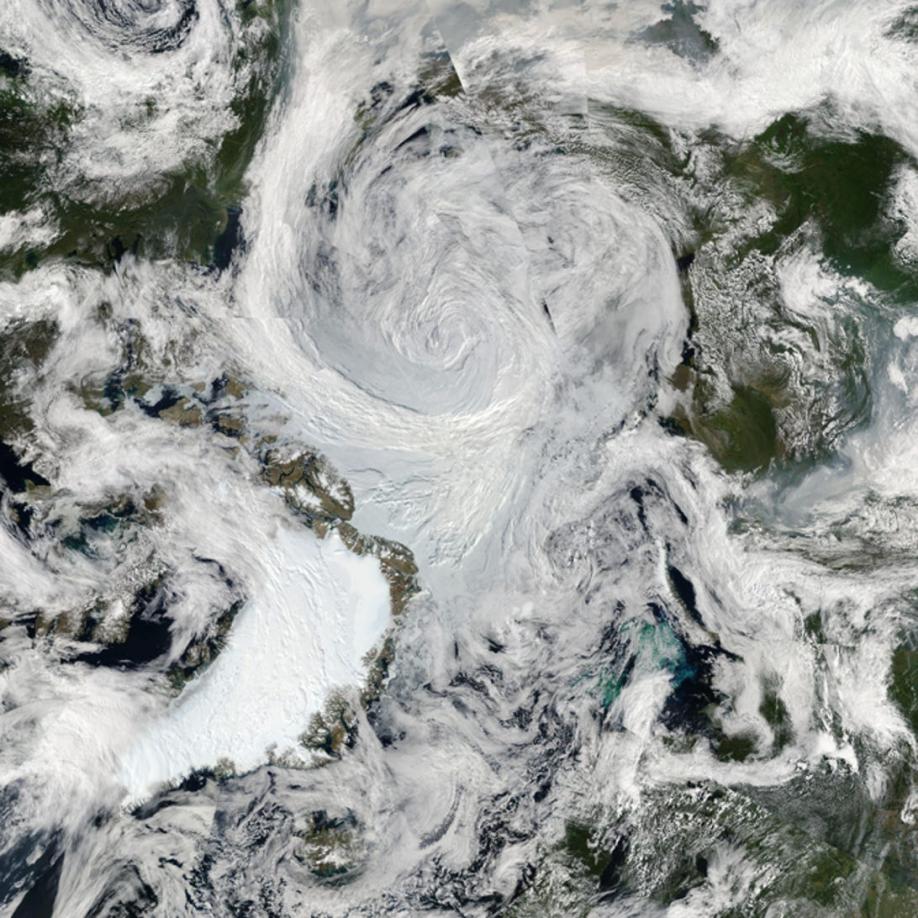What Are the Different Colors of the Northern Lights?
The Northern Lights, also known as Aurora Borealis, are a natural light display in the sky, primarily visible in high-latitude regions. These mesmerizing displays are caused by the interaction of charged particles from the sun with the Earth's magnetic field, resulting in a breathtaking array of colors.

The Science Behind The Colors
The colors of the Northern Lights are determined by the altitude and composition of the atmospheric gases. When charged particles from the sun collide with these gases, they excite the atoms and molecules, causing them to emit light. The wavelength of the emitted light determines the color we see.
Atomic Excitation And Emission Of Light
When an atom or molecule is excited, its electrons move to a higher energy level. When they return to their original energy level, they release the excess energy in the form of light. The wavelength of the emitted light corresponds to the amount of energy released.
The Primary Colors Of The Northern Lights
The most common colors of the Northern Lights are green, red, and blue. These colors are produced by the excitation of different atmospheric gases at specific altitudes.
Green
- The most common color of the Northern Lights.
- Caused by oxygen atoms at an altitude of approximately 100-150 kilometers.
- The green color is produced by the excitation of oxygen atoms by electrons.
Red
- Less common than green, but still frequently observed.
- Caused by nitrogen atoms at an altitude of approximately 150-400 kilometers.
- The red color is produced by the excitation of nitrogen atoms by protons.
Blue
- Rare but occasionally visible.
- Caused by helium atoms at an altitude of approximately 200-600 kilometers.
- The blue color is produced by the excitation of helium atoms by electrons.
Other Colors And Phenomena

In addition to the primary colors, the Northern Lights can sometimes display other colors and phenomena.
Purple
- A rare color, often seen as a combination of red and blue.
- Produced by the excitation of both nitrogen and helium atoms at different altitudes.
Yellow
- Uncommon, but sometimes observed.
- Caused by the excitation of sodium atoms at an altitude of approximately 90-100 kilometers.
White
- A combination of all the colors, often seen as a pale or faint display.
Corona
- A faint glow that sometimes appears above the Northern Lights.
- Caused by the scattering of sunlight by ice crystals in the atmosphere.
Factors Affecting Color Variations
The colors of the Northern Lights can vary depending on several factors.
Altitude
- The altitude of the atmospheric gases plays a significant role in determining the color.
- Higher altitudes tend to produce red and blue colors, while lower altitudes produce green and yellow colors.
Solar Activity
- The intensity and frequency of the Northern Lights are influenced by solar activity.
- Increased solar activity can lead to more vibrant and colorful displays.
Geomagnetic Storms
- Geomagnetic storms can cause the Northern Lights to appear at lower latitudes and produce more intense colors.
The Northern Lights are a captivating natural phenomenon that showcases the beauty and wonder of our planet. The different colors of the Northern Lights are a result of the interaction between charged particles from the sun and the Earth's magnetic field. These colors, ranging from vibrant greens and reds to rare blues and purples, create a celestial spectacle that continues to awe and inspire.
YesNo

Leave a Reply